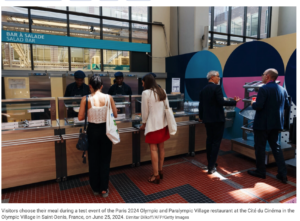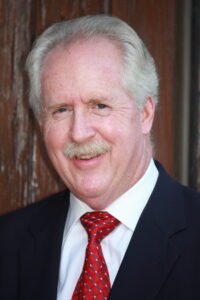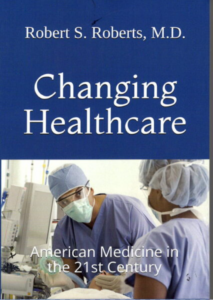
Unintended consequences. That’s what often happens when politicians try to fix one problem but create another.
The Wall Street Journal editorial board says that’s exactly what will happen from the Federal Trade Commission (FTC) lawsuit targeting pharmacy benefit managers (PBMs). They say, “Lina Khan claims she’s trying to lower prices, but the Federal Trade commission Chair’s attacks on business often do the opposite. Consider her new charge against pharmacy benefit managers (PBMs), which could result in higher healthcare premiums for all Americans.”
Democratic commissioners on Friday voted 3-0 to bring a complaint against PBMs for extracting rebates from drug makers in return for preferential placement on insurer formularies. The agency filed the charges in its administrative tribunal where it nearly always wins. (The two Republican commissioners were recused.) Congress has been debating how to regulate PBMs, but Ms. Khan isn’t waiting. She’s seeking to effectively ban PBM rebates by deeming them an “unfair method of competition” under the Federal Trade Commission Act.
The FTC’s essential charge is that PBMs play insulin manufacturers Novo Nordisk, Eli Lilly and Sanofi against each other to obtain higher rebates, which their clients use to reduce premiums for all patients. The complaint says PBMs’ “insatiable demand for larger rebates” has led to “artificially inflated list prices that are disconnected from the actual cost of the drugs to insurers,” and “many patients’ out-of-pocket expenses are directly or indirectly tied to these inflated prices.”
Yet even the FTC admits that net insulin prices after rebates have declined over time. This suggests competition fueled by the PBMs is working. But patients who pay co-insurance on medicines—which is set as a percentage of a drug’s list price—or who have high deductibles can get slammed by high list prices.
WSJ editors say, “As the FTC complaint notes, health plans can mitigate high list prices “by applying drug rebates directly at the pharmacy counter when the patient purchases the drug”—known as a point-of-sale rebate. It says employers aren’t doing this, but why is that the PBMs’ fault?”
The FTC says PBMs use rebates to inflate their profits, but this is contradicted by the complaint’s admission that they pass on 90% to 98% of rebate dollars to their clients—i.e., employer, union and Medicare Part D plans. A recent study by the healthcare research firm Nephron Research found that rebates accounted for only 13% of PBM profits in 2022.
In any case, plans have increasingly moved to point-of-sale rebates. This is one reason average insulin out-of-pocket costs fell to $21.19 from $31.52 between 2018 and 2022. Nearly 80% of insulin prescriptions cost less than $35 a month out of pocket in 2022.
The FTC complaint also points out that the three insulin makers last year slashed list prices on their most popular products by 65% to 78%. They also capped out-of-pocket costs at $25 to $35 a month for patients regardless of insurance. Yet the complaint says that even though insulin has become more affordable, PBMs still extract large rebates for other drugs that result in higher list prices. True, but those drugs aren’t the focus of the complaint. Generic competition has resulted in prescription drug prices rising at a third of the rate of overall consumer prices over the last five years.
The WSJ editors then raise an important question: “If rebates are a problem, why does Congress require them for government plans? Drug makers must pay Medicaid rebates that start at 23.1% of a medicine’s average price and can exceed 100%. The Trump Administration tried to ban rebates in Medicare, but the Congressional Budget Office estimated it would substantially raise senior premiums and increase government spending by $170 billion over 10 years. Congress blocked the rule. Yet now Ms. Khan wants to ban rebates in private insurance.”
This is typical federal dual standards – “One standard for thee, but not for me.” Just as the federal employees have a far better healthcare insurance system than the rest of us, they also want a different standard for rebates in government insurance plans than for the private sector.
WSJ editors summarize the situation: “The political irony is that PBMs have grown in size and power owing to government policies. Their vertical integration is a byproduct of ObamaCare’s insurance regulation, including its cap on profits. No less than ObamaCare architect Peter Orszag recently lamented that “the stance of the antitrust authorities is directly and problematically opposed to the thrust of other policies. Government has made a mess of healthcare financing, and Ms. Khan would make it worse.”



